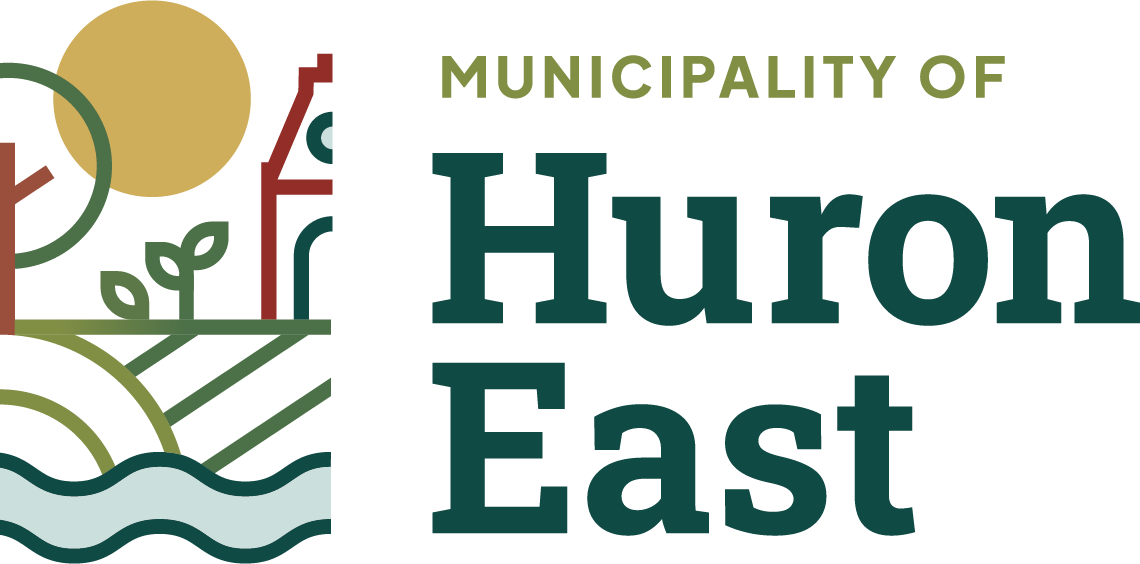The Ontario Drainage Act guides the construction and management of the communal drainage systems in rural Ontario. "Municipal Drains", are vital to the communities, roads and surrounding lands in rural Ontario. They reduce flooding, improve safety and reduce property damage.
On this page:
- Current drainage projects
- New drain
- Drain maintenance and repair
- Drain improvement
- Tile drain loans
- Drainage legislation and factsheets
- Helpful drainage tips
Current drainage projects
New drain
Landowners in an area requiring drainage can sign a Petition for Drainage, which will set in motion a project to create a new municipal drain. This falls under Section 4 of the Drainage Act. The completed form must be submitted to the Clerk.
Drain maintenance and repair
Falling under Section 74 of the Drainage Act, the application for Maintenance & Repair Work is the most common application completed. This usually includes work such as clean outs, removal of beavers/dams, repairing/replacing tile and repairing the existing drain in a way that does not detract from the drain's original construction. To request Maintenance and Repair work to a drain on your property, complete a Notice of Drain Maintenance and/or Repair Form and submit to the Clerk or Drainage Superintendent.
Drain improvement
If an existing drain requires significant repairs and those repairs include changing the original drain's infrastructure in a way that is different from the original engineered plans, an application should be filed under Section 78 - Repair & Improvement. Examples of this include widening, lengthening, deepening a drain, etc. A Notice of Request for Drain Major Improvement for an Existing Drain Form must be filled out and submitted to the Clerk.
For additional information about municipal drains, please refer to the Ministry of Agriculture, Food and Agribusiness.
Tile drain loans
Installing tile drainage is a very common land improvement practice among farmers in Ontario. Corrugated plastic tubing, clay and concrete drain tile are installed beneath the surface of agricultural land to drain excess water from the crop root zone. The benefits of tile drainage for crop productivity, farm efficiency and even for reducing environmental impacts have been studied and are generally well known to farmers.
The Tile Drainage Act provides for loans to agricultural property owners to help finance these projects.
